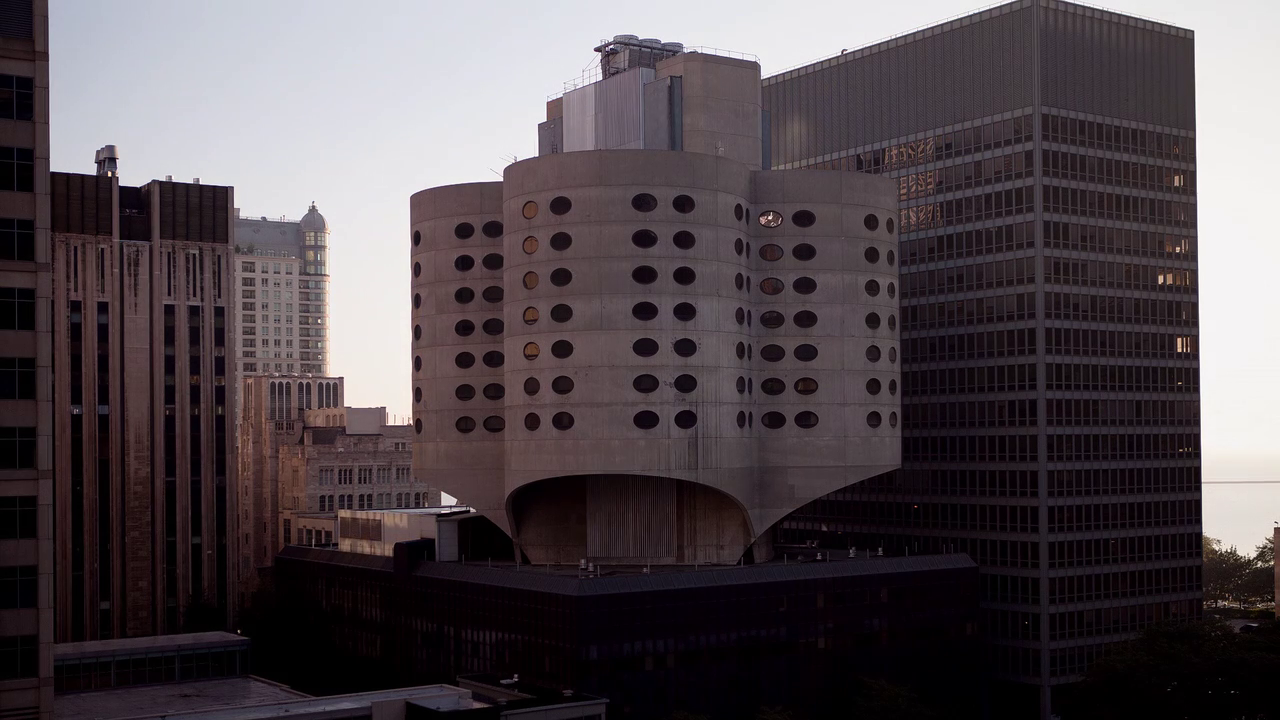The Budapest Architecture Film Festival (BAFF), held for the 14th time under the patronage of KÉK, is far from being solely aimed at the architectural profession. “Do you live in a building? Do you love the cinema? Cross borders, look around the world, get inspired and take action!” say the organizers. The majority of the films reflect on buildings, spaces and urban places that define the everyday lives of ordinary people in different parts of the world. And film, as a medium, helps the general public to learn about these issues in an accessible format.
From this year’s rich selection (16 films were screened in total), we look at a block of three short films on modern architectural heritage and a documentary on the fight to protect a square in Marseille: films that explore the issue of urban erasure. What should be preserved and which spaces should be sacrificed on the altar of innovation? Who determines what is valuable for a city and its inhabitants? What should be preserved for future generations?
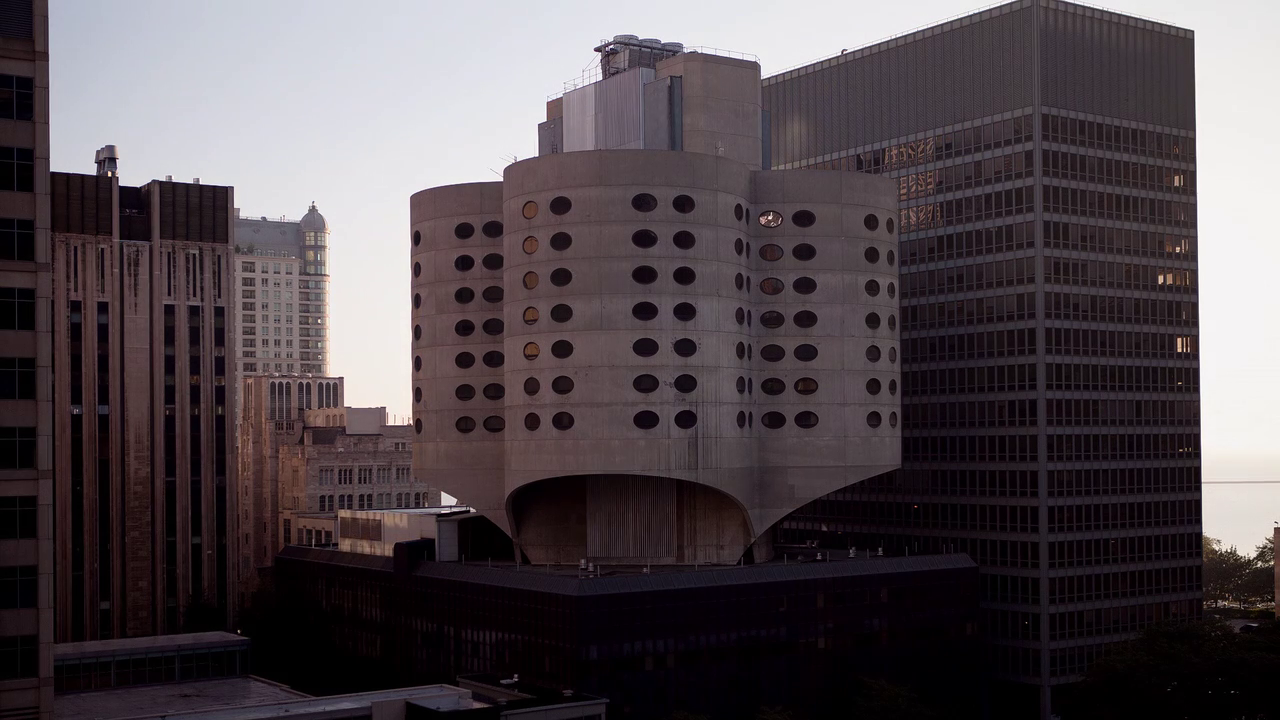
Berlin-based freelance filmmaker and journalist Nathan Eddy’s first and most recent documentary was also included in the Modern Architectural Heritage section. The 2012 film The Absent Column was shot before the demolition of the Prentice Tower in Chicago when there was still hope that it could be saved. Bertrand Goldberg’s iconic Brutalist hospital, delivered in 1975, was not only a cloverleaf-shaped structural masterpiece but also reformed the way women give birth to their children: for the first time, fathers were thought of as part of the birth experience and designed the delivery rooms in light of this. Among the opinions expressed in the film by experts and those involved, we can hear a painful comment that says it is enough to preserve Goldberg’s “best” building, the Marina City, because it is not the job of the cities to turn their old buildings into museums. In the end, this radical position triumphed: the global wave of demolitions that hit buildings in the 1960s and 1970s did not spare the Prentice Tower, which was demolished shortly after the film’s completion. Thus, instead of preventing demolition, the film is a documentary about the Prentice and the controversy surrounding the building.
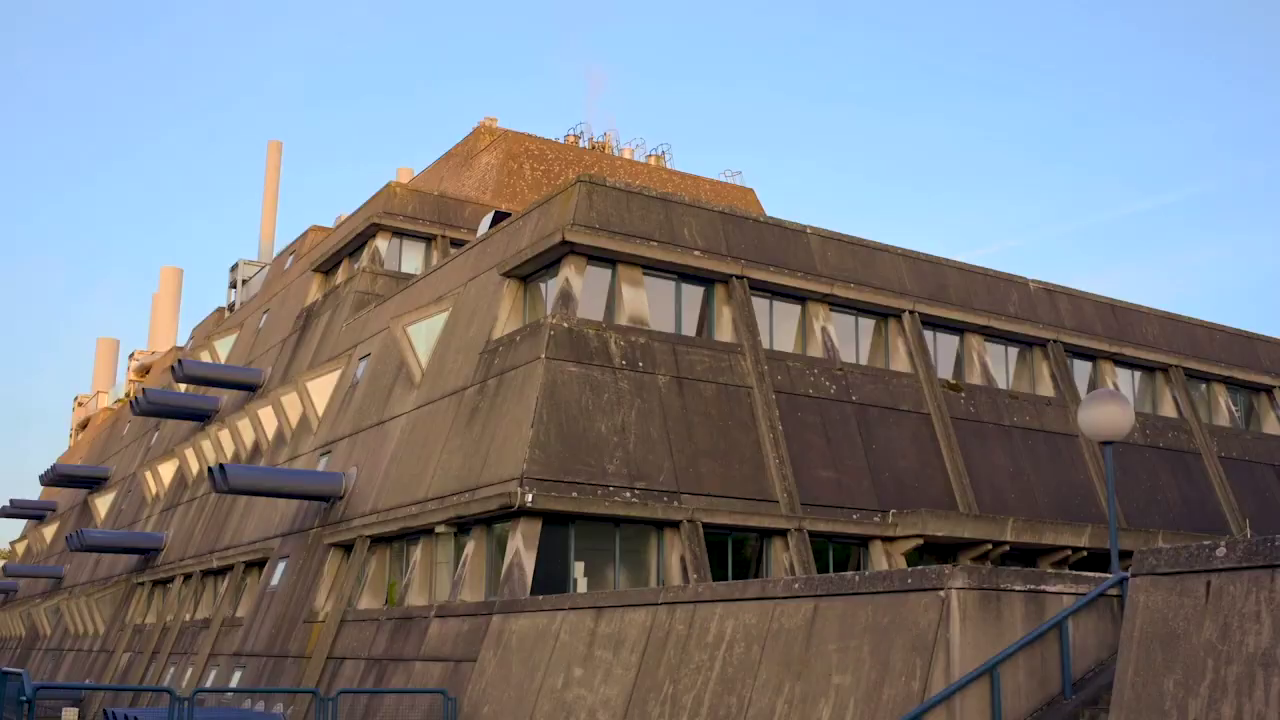
In Nathan’s other film, the Battleship Berlin, the fate of the protagonist, the similarly brutalist Mäusebunker, is still undecided. The building, designed by Gerd and Magdalena Hänska in 1981, is currently vacant and facing the risk of demolition. What speaks against the concrete monstrosity, once used for animal testing, is its windowless, poorly ventilated structure, designed for a specific function, and its sinister appearance. Yet Berliners are unwilling to give it up so easily and are campaigning to save it, inviting experts and academics to think about how it can be adaptively recycled and reintegrated into the urban fabric. Nathan, among other things, collects these ideas (a giant climbing park, a cultural center, an entertainment venue, etc.), during the interviews. This story is also strongly influenced by the zeitgeist of sustainability and environmental awareness, which was far less emphasized in Chicago in the 2010s.
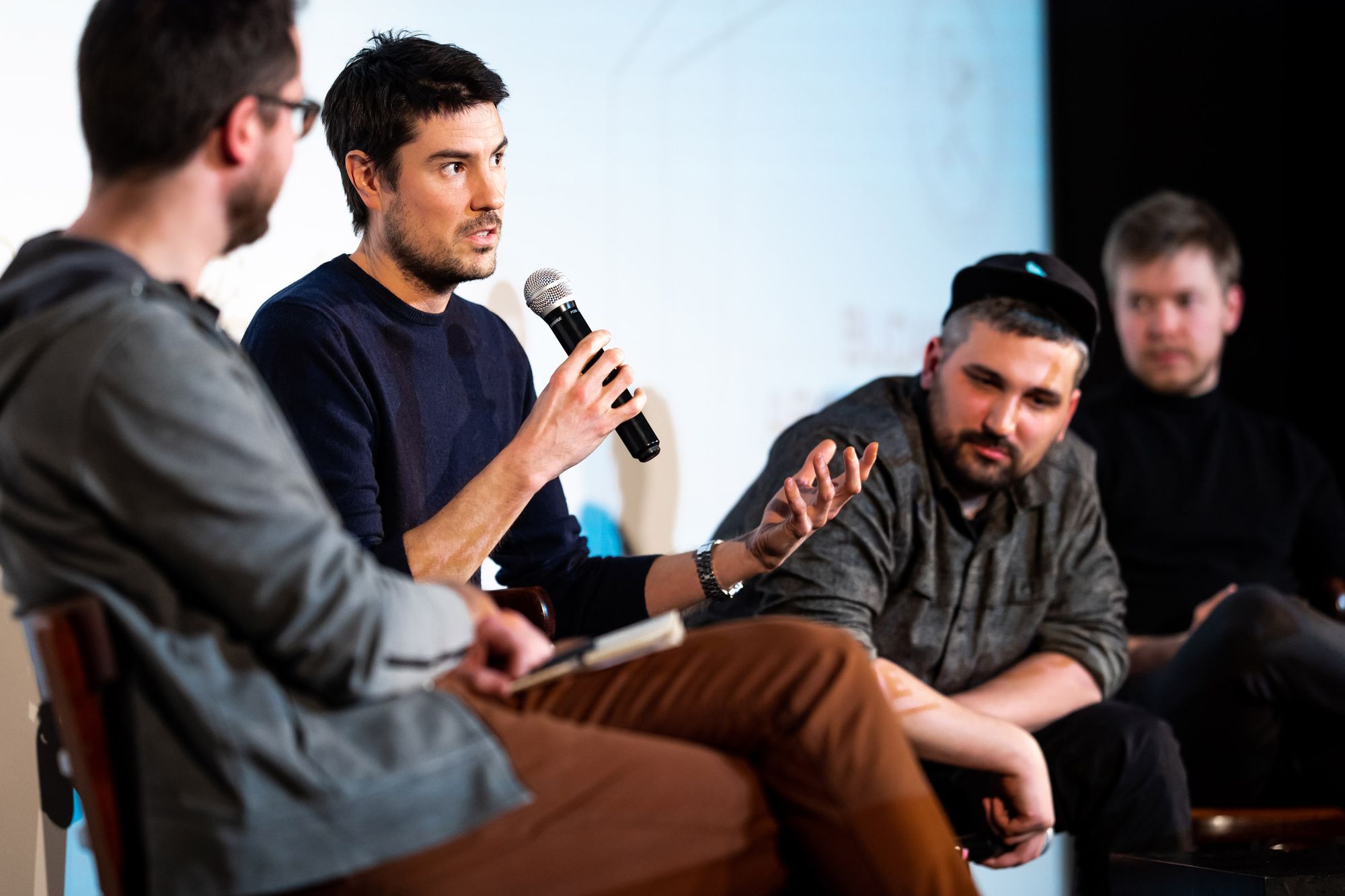

Dano Dekan and Adam Gajdos, the creators of the third and final film in the modern block, draw attention to our modern architectural heritage in a more personal style, involving architects. The documentary film series IKONY (Icons) talks about the artists who put Slovakia on the world architectural map in the socialist era of the second half of the 20th century. In the film about Iľja Skoček, screened at the BAFF, the focus is on the Istropolis, one of the most important examples of modernism in Bratislava. Nearly 11 000 people signed a petition condemning the demolition of the building, which was designed to house the former Communist Party Congress, but it could not be saved. In February this year, its designer died shortly after the building was demolished. The film presents the architect in a broader context, as a human being. For example, his children also talk about what it was like to grow up in the family house designed by their father, where there were no doors.
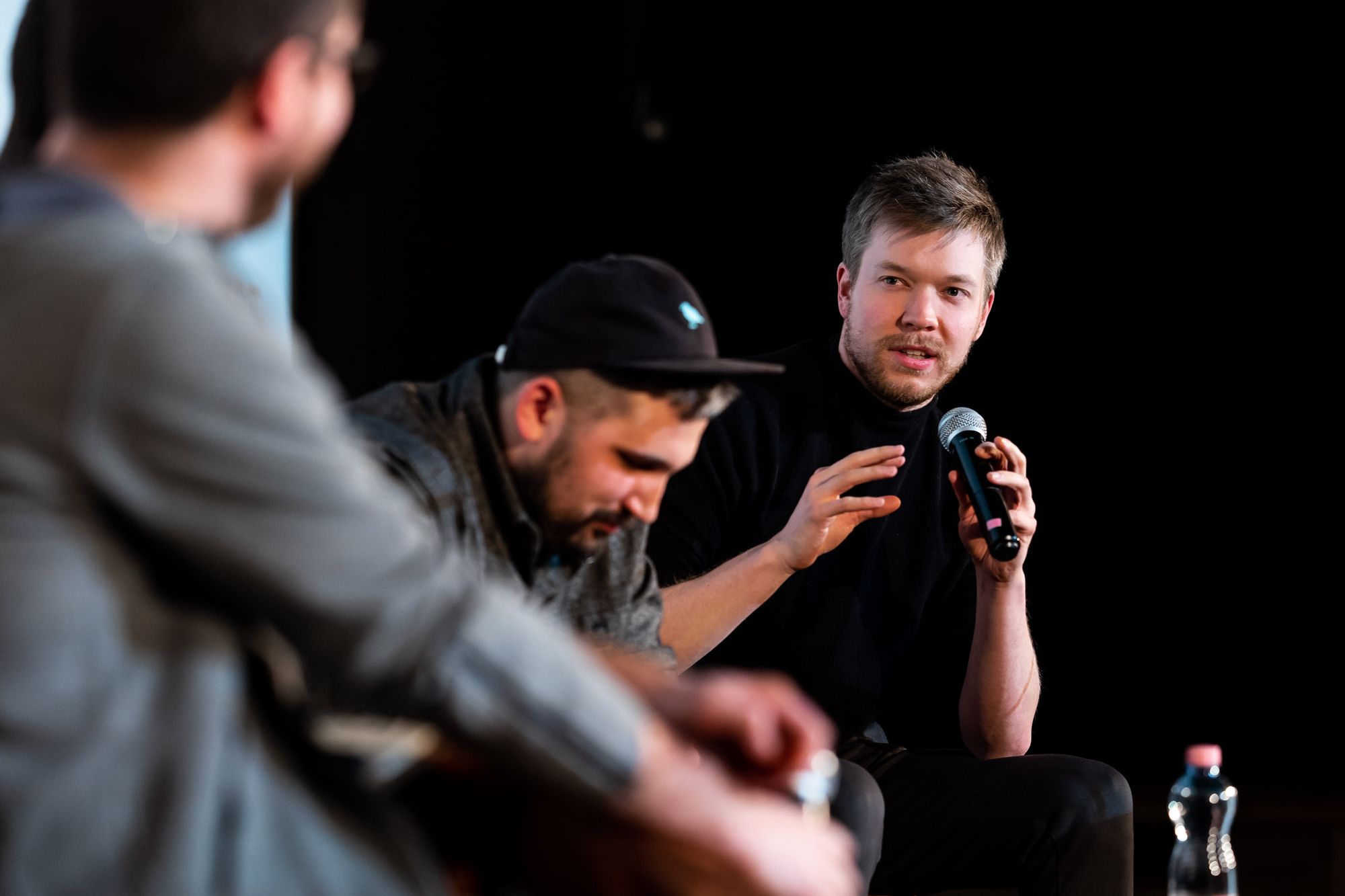
The documentary La Bataille de la Plaine (The Battle of Marseille) covers a period from 2016 to the end of 2019, a noisy urban battle for “la Plaine”. The iconic square in the center of Marseille used to be a marketplace and a hub of social interaction. However, the urban planners of the municipality have set their sights on modernizing the square and making it tourist-friendly without involving the citizens. They did not consider the ideological and collective value of the space, nor did they calculate that the people of Marseille would fight tooth and nail for their territory. The 3-year struggle, which often led to aggression, finally ended with the erection of a 2.5 m high concrete wall around the square. The everyday man has lost.
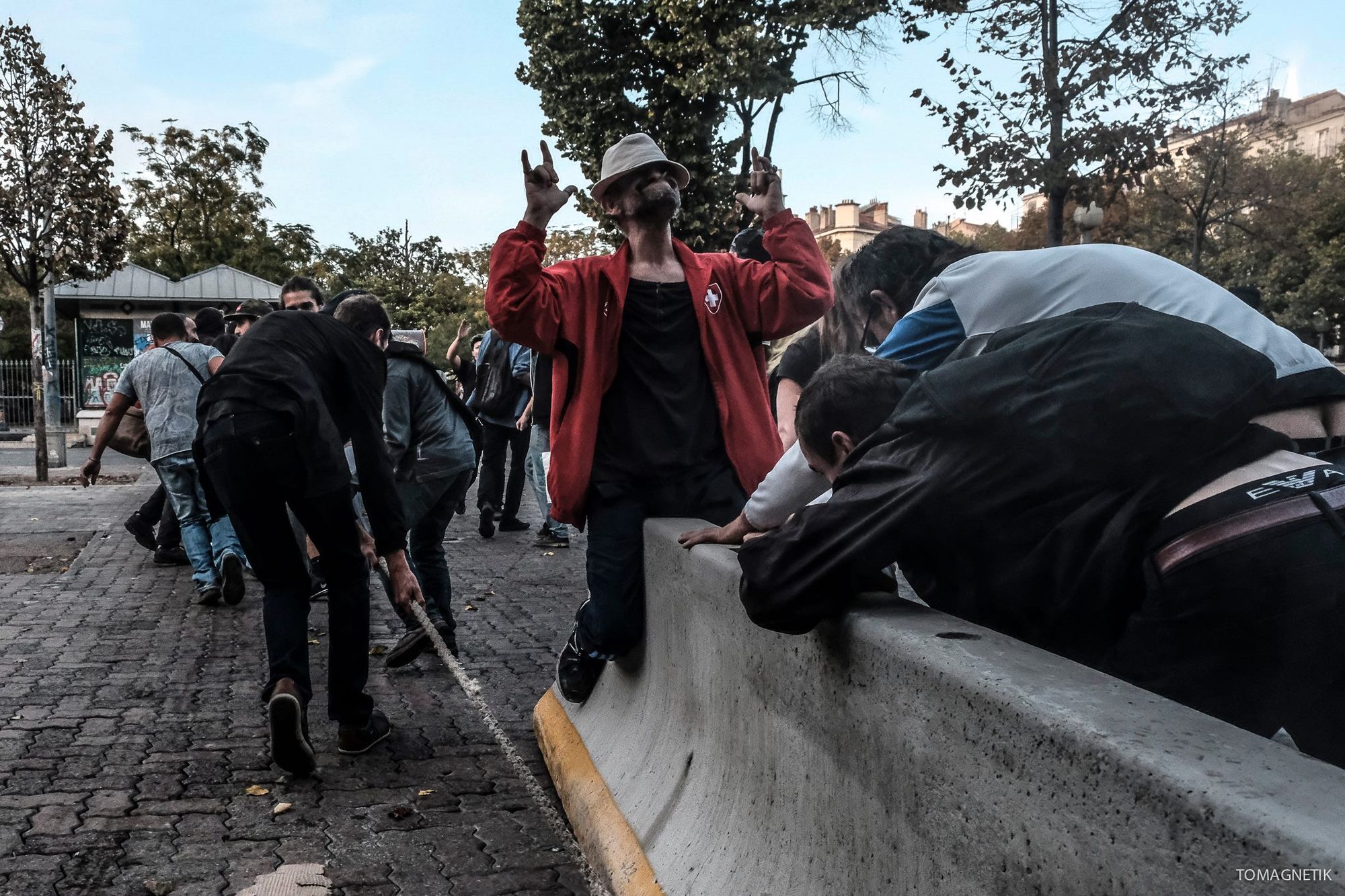
Of the four sites shown in the four films, two have been demolished, one is being rebuilt, and the only one still standing is the Battleship Berlin. Who knows for how long! However, even if these films cannot change the fate of buildings at the moment, in the long run, they can become important tools in changing mindsets, where modern facilities become assets to be preserved in the city, and where adaptive reuse is the goal in all cases, as opposed to demolition that is environmentally damaging, destructive to the community and erases the past.









